Although there may be many opinions about its origin, in reality today the ao ba ba and khan ran have become recognizable costumes, a typical beauty of the land and people of the South.
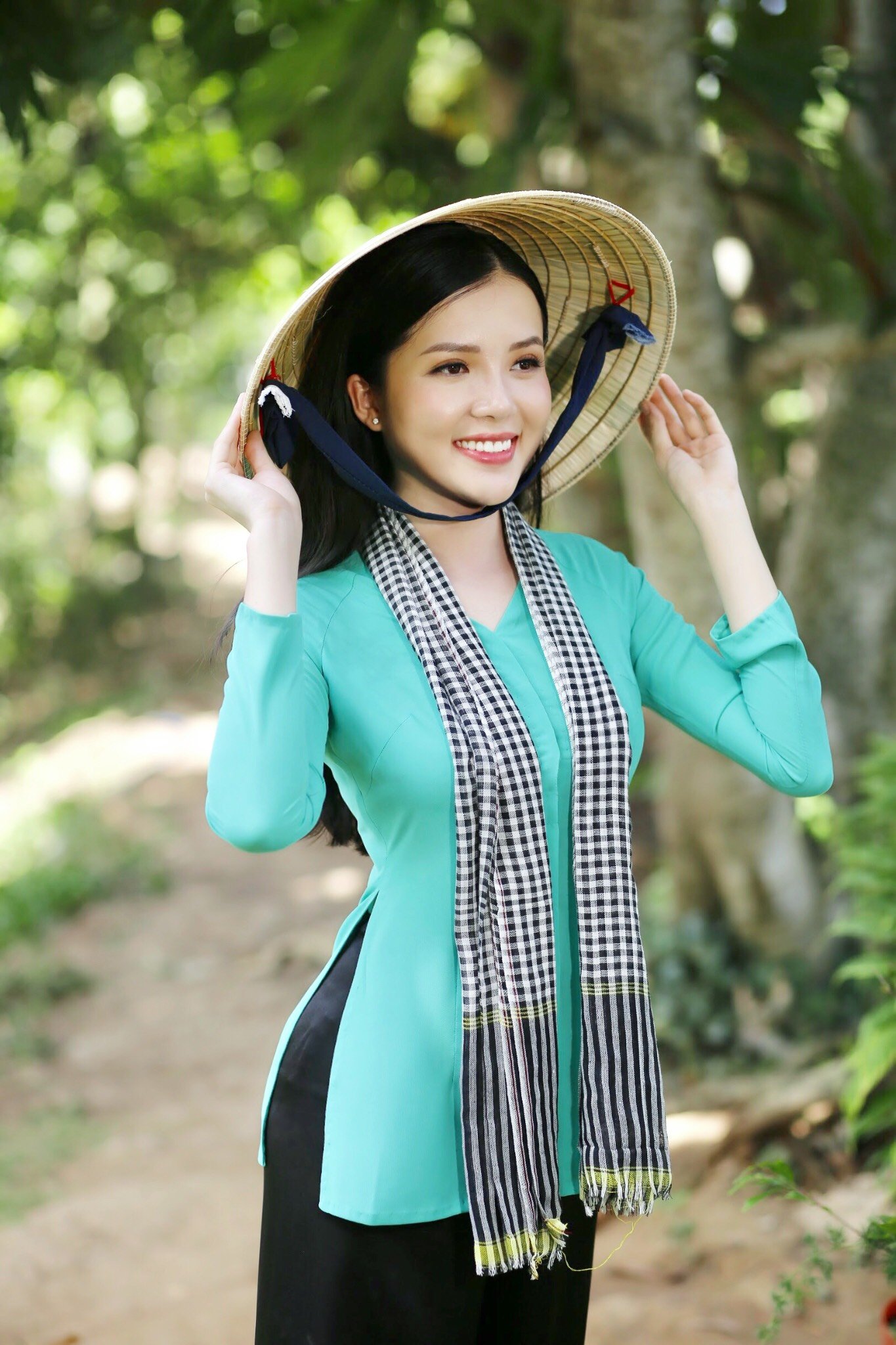
Miss Huynh Thuy Vi, Can Tho Tourism Ambassador, graceful in traditional Vietnamese dress.
Vitality of the Ba Ba outfit
Writer Nham Hung, a cultural researcher in Can Tho, believes that in the past, the Ao Ba Ba was in the form of ao dai with half flaps and fabric buttons tied on the side, but over time, there were changes in both style and color. From the style of ao dai with a knot, it gradually changed to a button in the middle. Through the time of reclaiming land, people built village communal houses, built urban markets, and there was more interaction through festivals, weddings, funerals, and community activities, from which the Ao Ba Ba also changed. Mr. Hung said: "At first, it was only black, plain fabric, worn by both men and women, but later, the Ao Ba Ba was accepted by the rich, middle class, upper class, and landlords. They made Ao Ba Ba from silk, brocade, and more luxurious fabrics."
Since ancient times, the ao ba ba and khan ran have become indispensable traditional costumes and accessories of the Southern people with a charming and rustic beauty like the people here.
The years 1965 - 1975 can be considered the golden age of the Ao Ba Ba. Throughout the countryside or the cities of the South, the Ao Ba Ba became a popular outfit in every family. The Ao Ba Ba tailor shops flourished on the streets, tailors began to innovate more such as slitting the Ao Ba deeper, tightening the waist more so that the Ao Ba Ba flap hugged the body, flowing down to the buttocks. The Ao Ba Ba flap hugged the curves of the body, and the wearer's slim figure was also enhanced. And every time there was a holiday or festival, beautiful young women dressed up in colorful Ao Ba Ba, captivating many young men.
Later, the Ao Ba Ba in various colors such as white, blue, red, purple, yellow... appeared more and more. The Ao Ba Ba style was also gradually innovated to be more diverse, from the traditional round neck to the heart-shaped neck, lotus-wing neck, flat neck... Pants worn with Ao Ba Ba were not only monotonous black and white, but also appeared as Ba Ba Complet (shirt, pants of the same color - PV).
Although nowadays, Western clothes "dominate the airwaves", the "ao ba ba" still holds a sacred place for the people of the South with its rustic, simple beauty. In all rural areas of the West, the "ao ba ba" is still a popular costume. Outside the city, the "ao ba" is still an indispensable costume during holidays, festivals, associated with cultural and artistic activities, folk performances, reformed opera, amateur music... In most garden tourist areas, the "ao ba" also appears as a way to express the unique features and cultural characteristics of the Southern region.
Designer Chuong Dang, owner of the Kujean by Chuong Dang ao dai brand, commented: "In the future, the modernized ao ba can still create an even more impressive impression, because all traditional costumes live with time, along with history. That does not mean that this year, or even in this decade, the best will appear. Because the better will be on the way to formation, as an inevitable rule. Fashion in general and ao ba ba in particular are no exception."
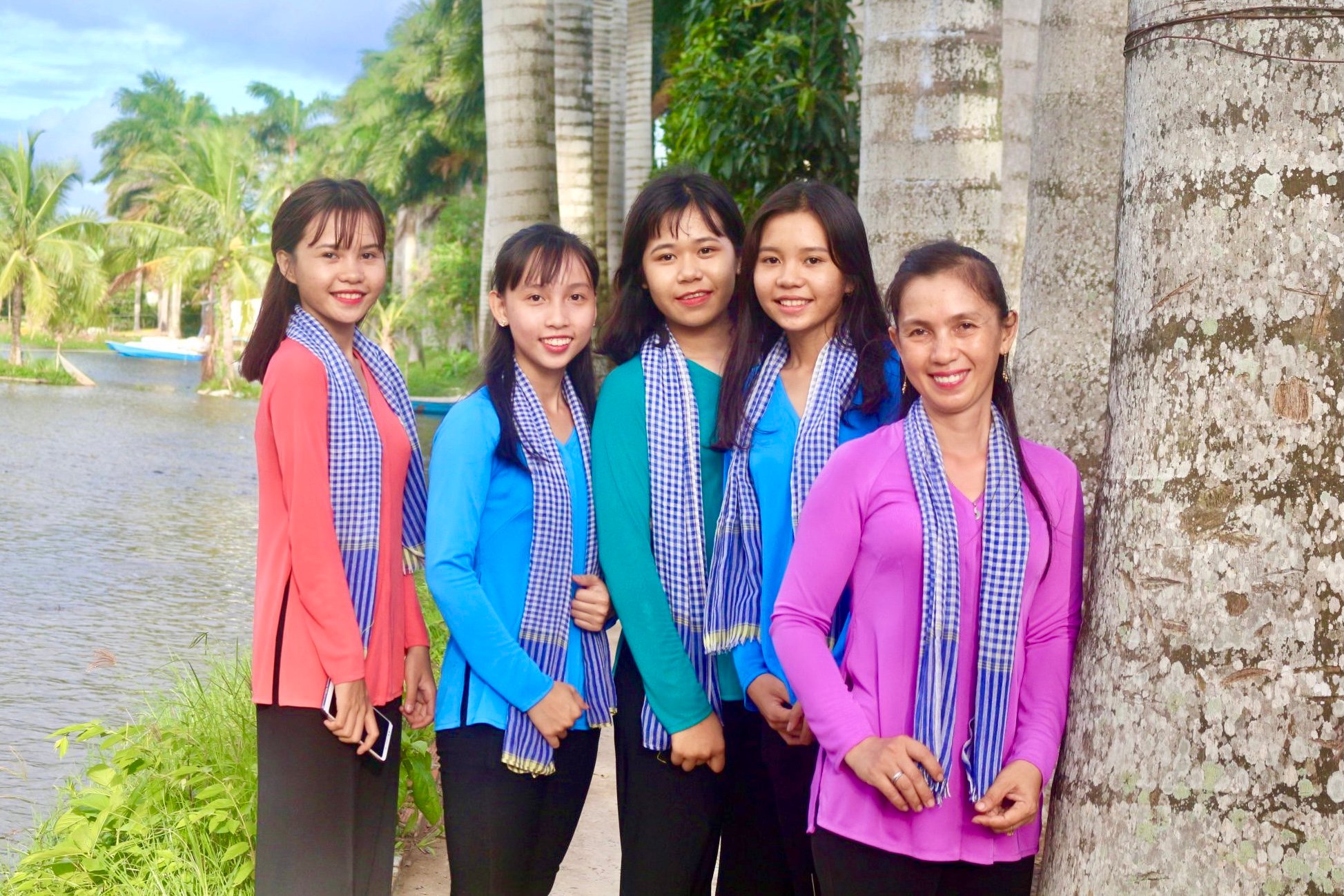
Ao Ba Ba and Khan Ran are the daily outfits of community tour guides in Con Son (Can Tho City).
The scarf brings luck and peace
Like the Ba Ba outfit, it is unclear since when the checkered scarf has become an indispensable accessory for the people of the South. From the simple beginning, there were only black and white plaid stripes and later on, there were two more colors: white and red stripes and white and blue stripes.
According to research documents, the characteristic square stripes of the scarf originated from the belief of the Khmer people who follow Hinduism and worship the god of preservation Vishnu. God Vishnu always rides on the seven-headed Naga snake, but is a gentle and kind god who always protects people. Out of respect for God Vishnu, the Khmer people woven the Krama scarf (similar to the scarf - PV) with checks resembling the countless scales on the skin of the seven-headed Naga snake. People believe that wearing a Krama scarf is like having God Vishnu and the Naga snake by their side, protecting them and bringing them luck and peace.
In the South, cultural exchange has gradually turned the checkered scarf into an item used by all ethnic groups, Khmer, Kinh, Hoa and Cham. For Kinh people, the checkered scarf, along with the Ao Ba Ba and the conical hat, has become a trio that almost always goes together. Not only does it protect women from the sun, rain, and wipe away the sweat of hardship, the checkered scarf is also used by young girls to be charming and attractive. Middle-aged women often wrap red and white striped checkered scarves on their heads. Unmarried girls often choose brighter blue and white striped checkered scarves to wrap around their necks, hanging loosely over their shoulders. When men go to the fields, they use the checkered scarf to tie across their foreheads to prevent sweat from stinging their eyes and to keep their buns of hair from falling on their faces while working. The scarf is also tied across the waist to neatly arrange the hem of their shirts, tighten the waistband of their pants and to tuck in farm tools such as hammers, sickles, scythes, etc. At home, the checkered scarf is also used as a bath towel or for young mothers to wrap their babies in slings, etc. Like the Ao Ba Ba, the checkered scarf is used by all classes. The checkered scarf is not only associated with the hard-working people but also a familiar item for the rich, landlords, middle class...
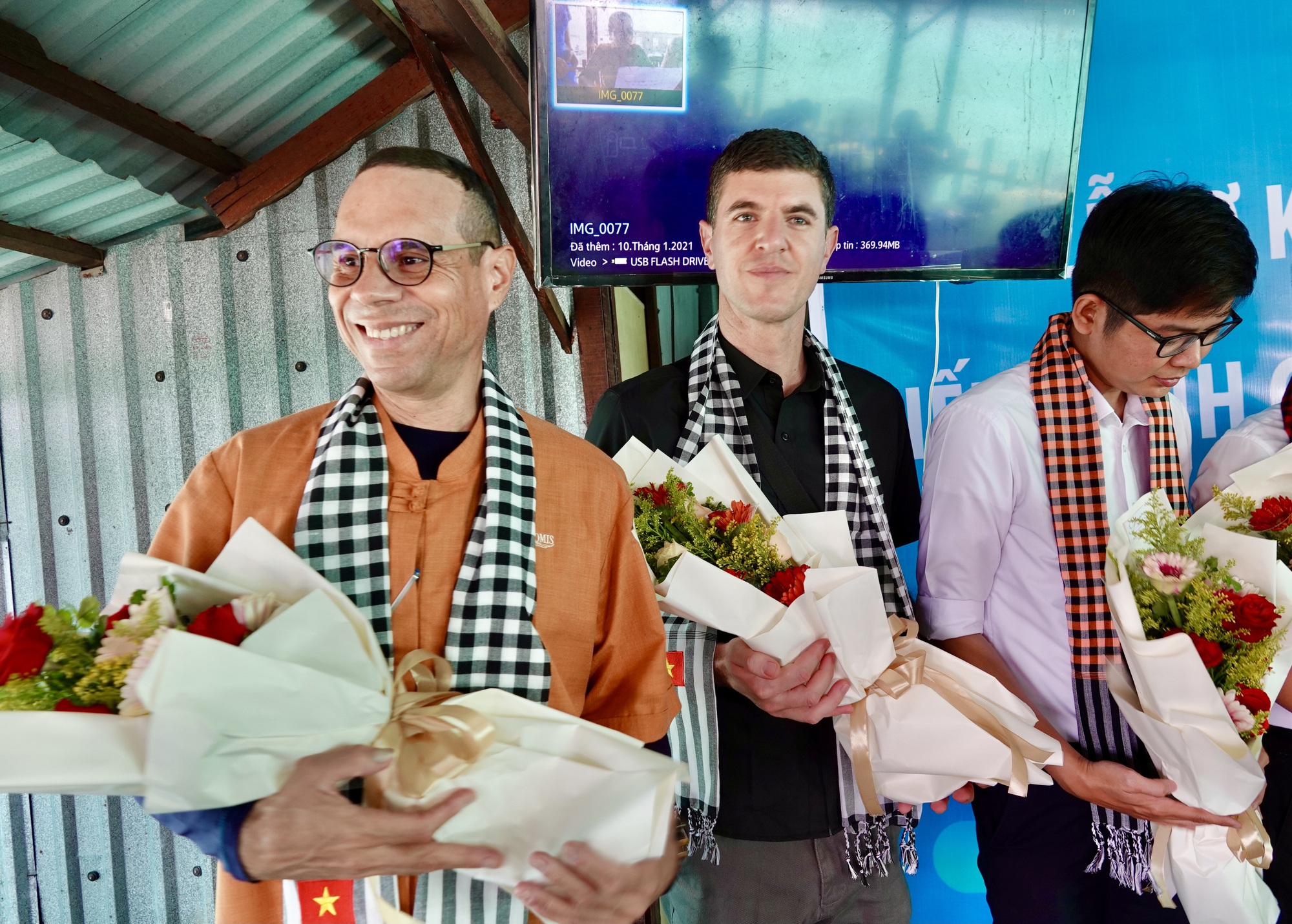
Checkered scarves are also a simple but meaningful gift for foreign tourists when coming to the West.
Nowadays, in international exchange events, the checkered scarf, along with the ao dai and conical hat, often appears as an image of the tradition and culture of the South in particular and Vietnam in general. Perhaps, there are few accessories with traditional values that have been innovated in a variety of ways, both preserving the ancient beauty and adapting well to the needs of use like the checkered scarf. Therefore, it is easy to understand why the checkered scarf today has surpassed its usual use value to become a souvenir, a stylish fashion accessory for young people.
Although there are many different opinions about its origin, in reality today, the ao ba ba and khan ran always have an identifying value, a typical beauty of the land and people of the South.
Source link


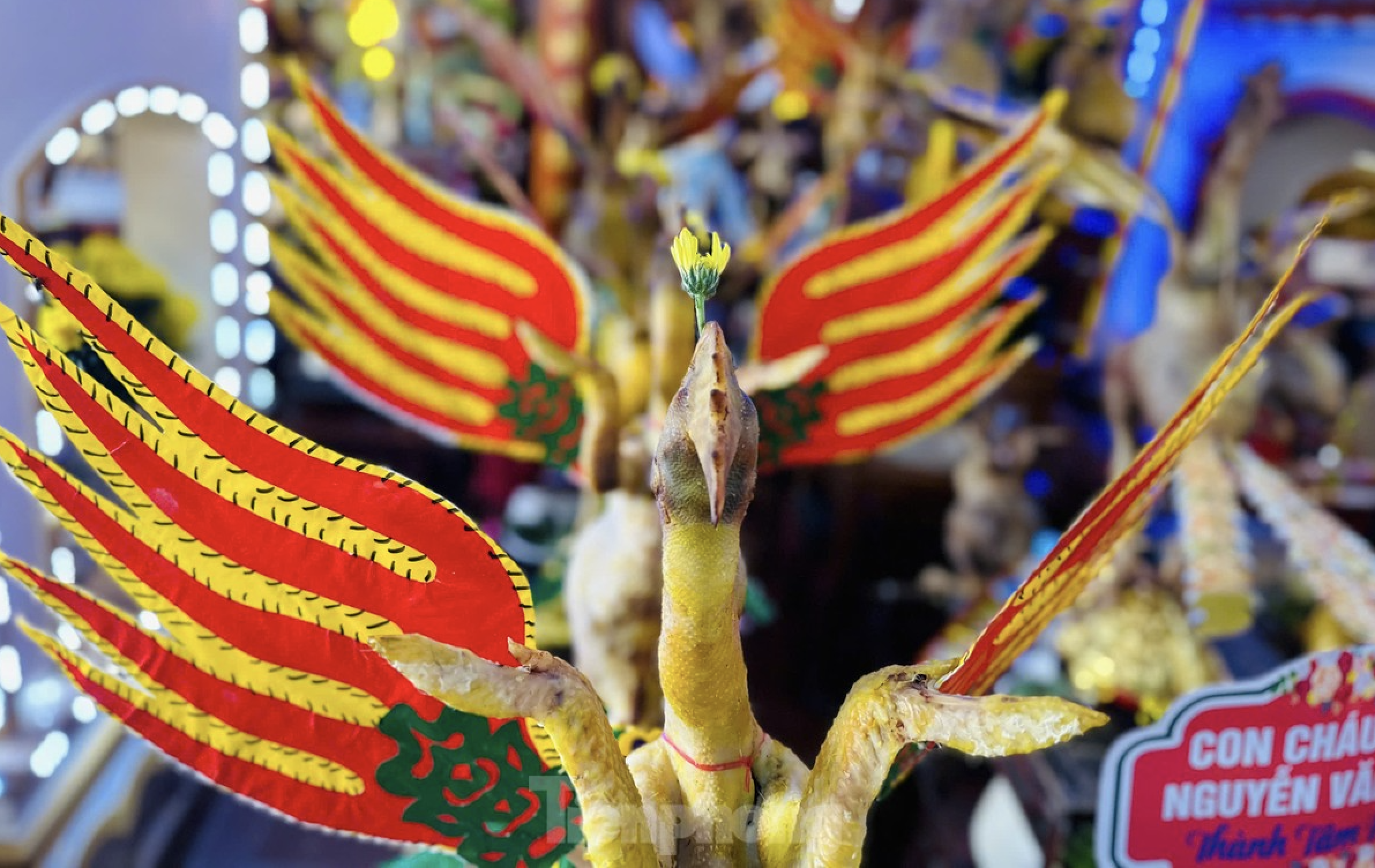
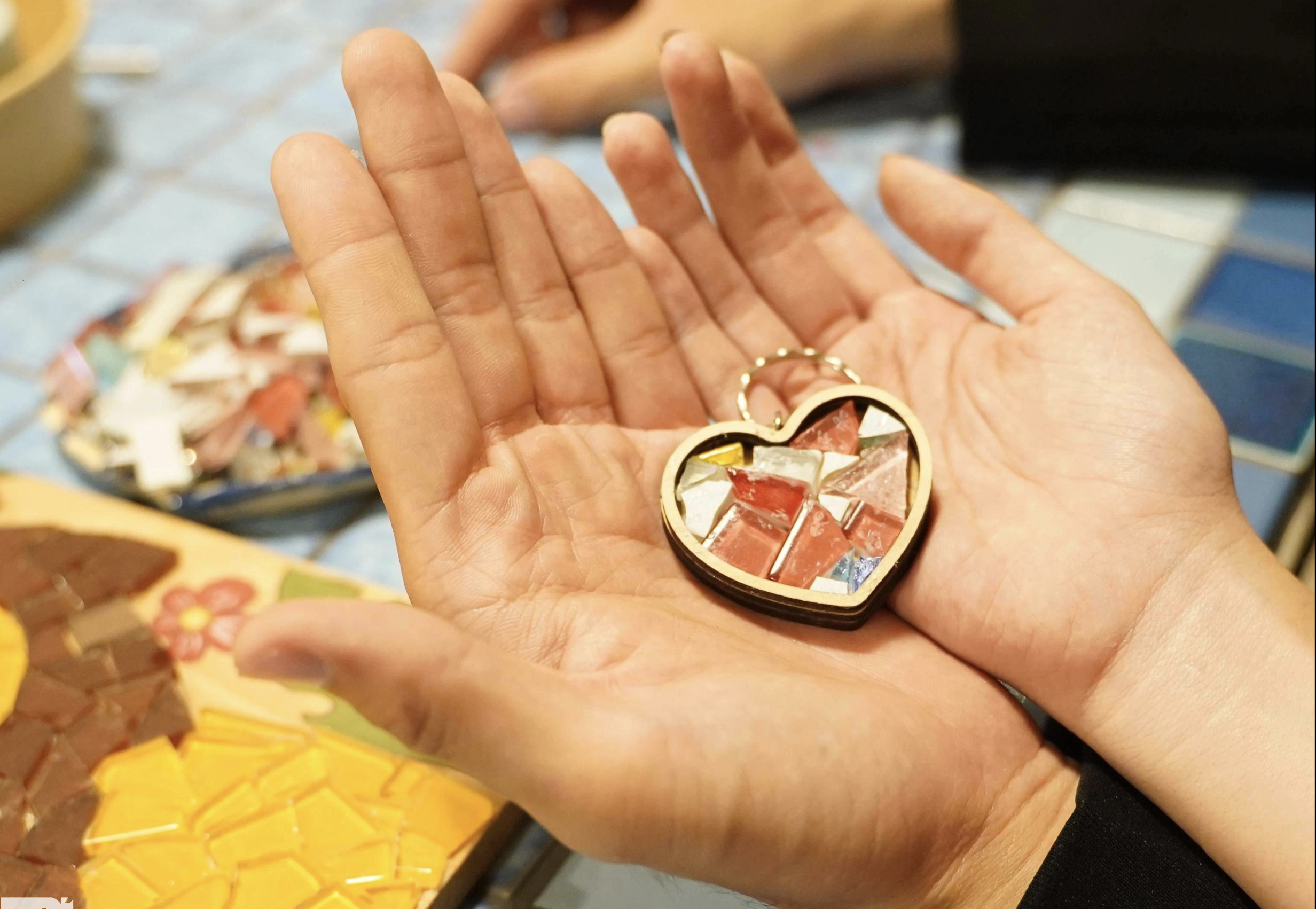
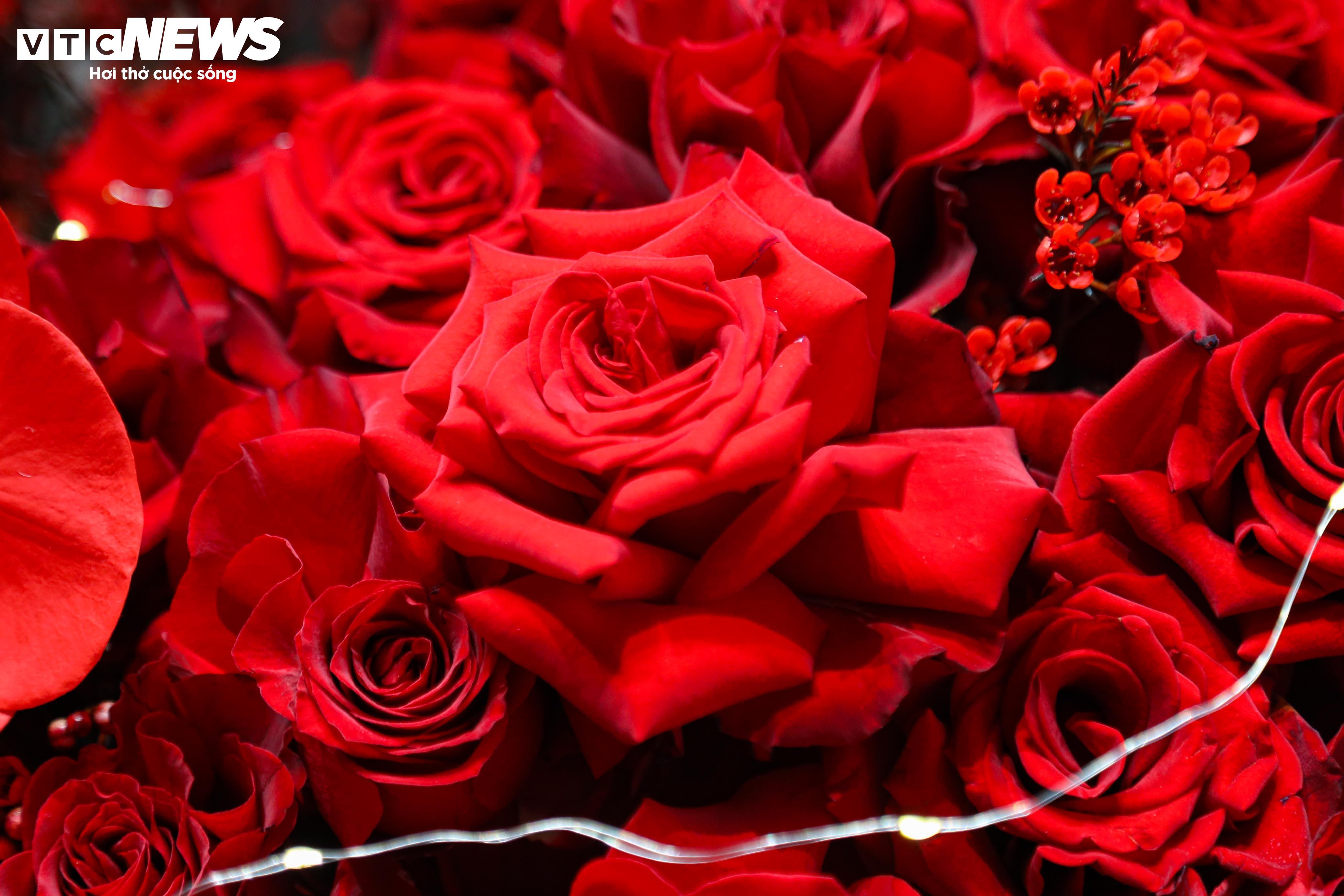

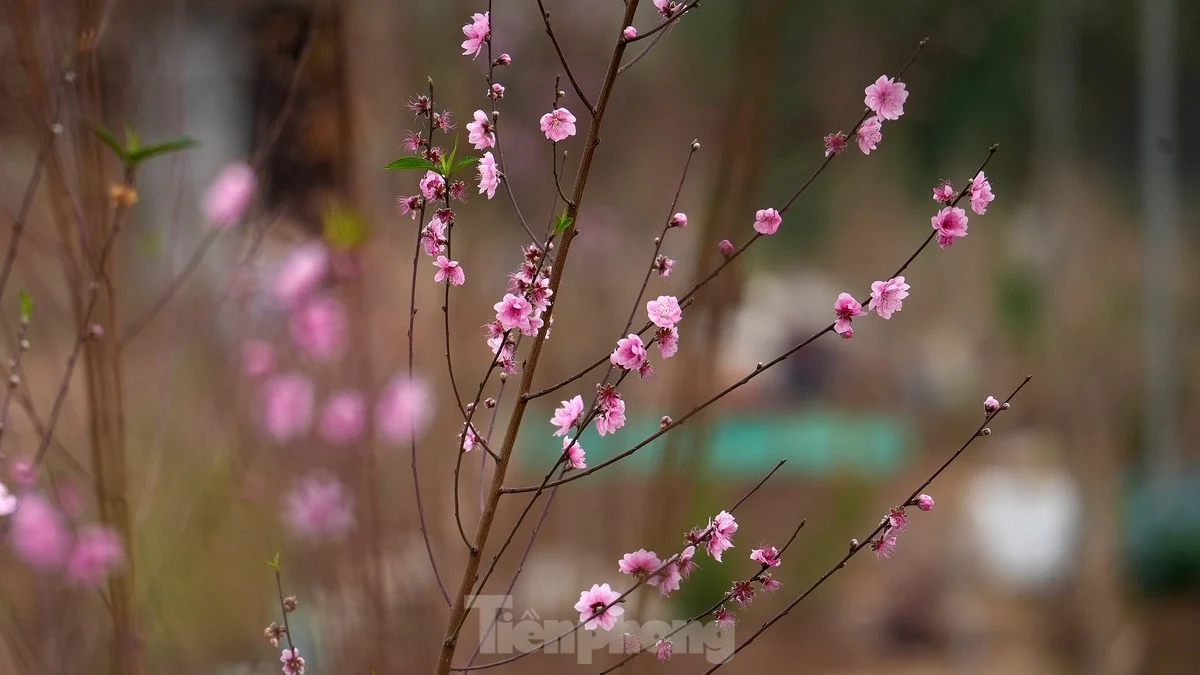
























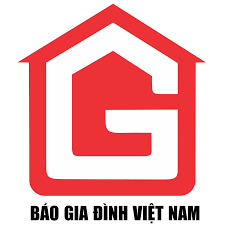
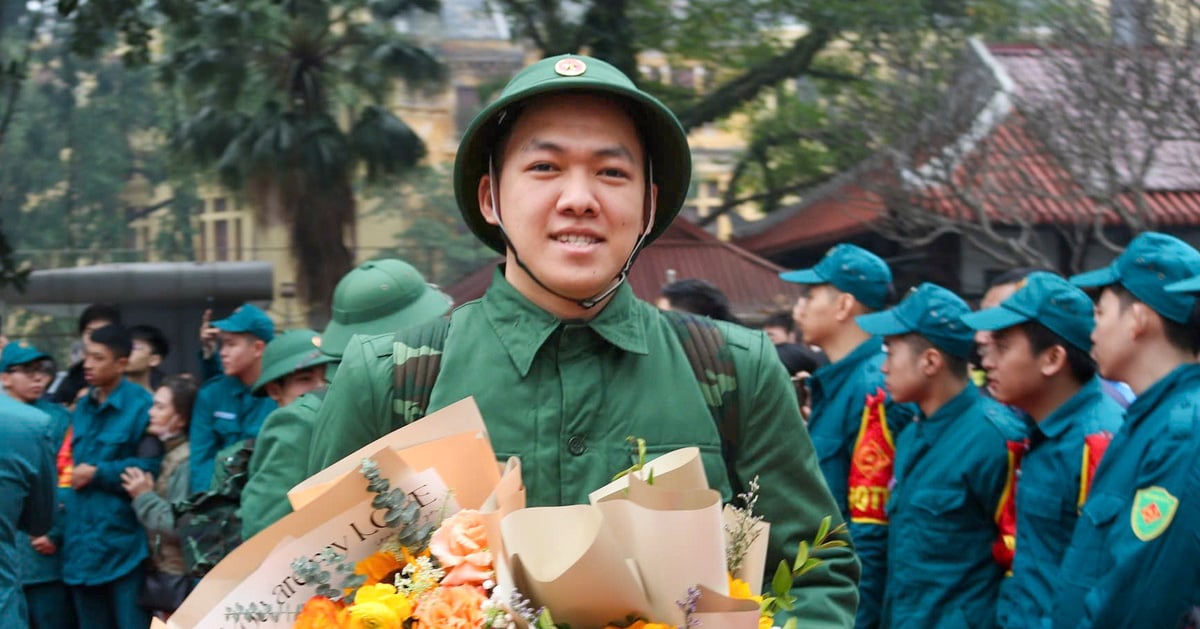

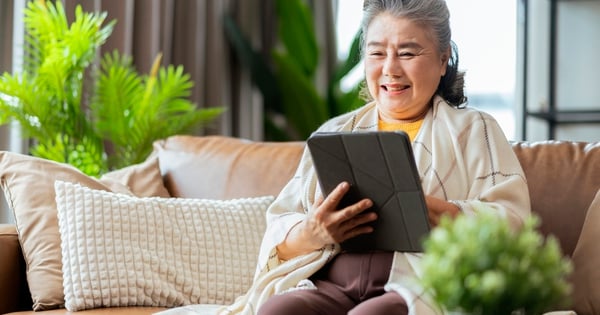

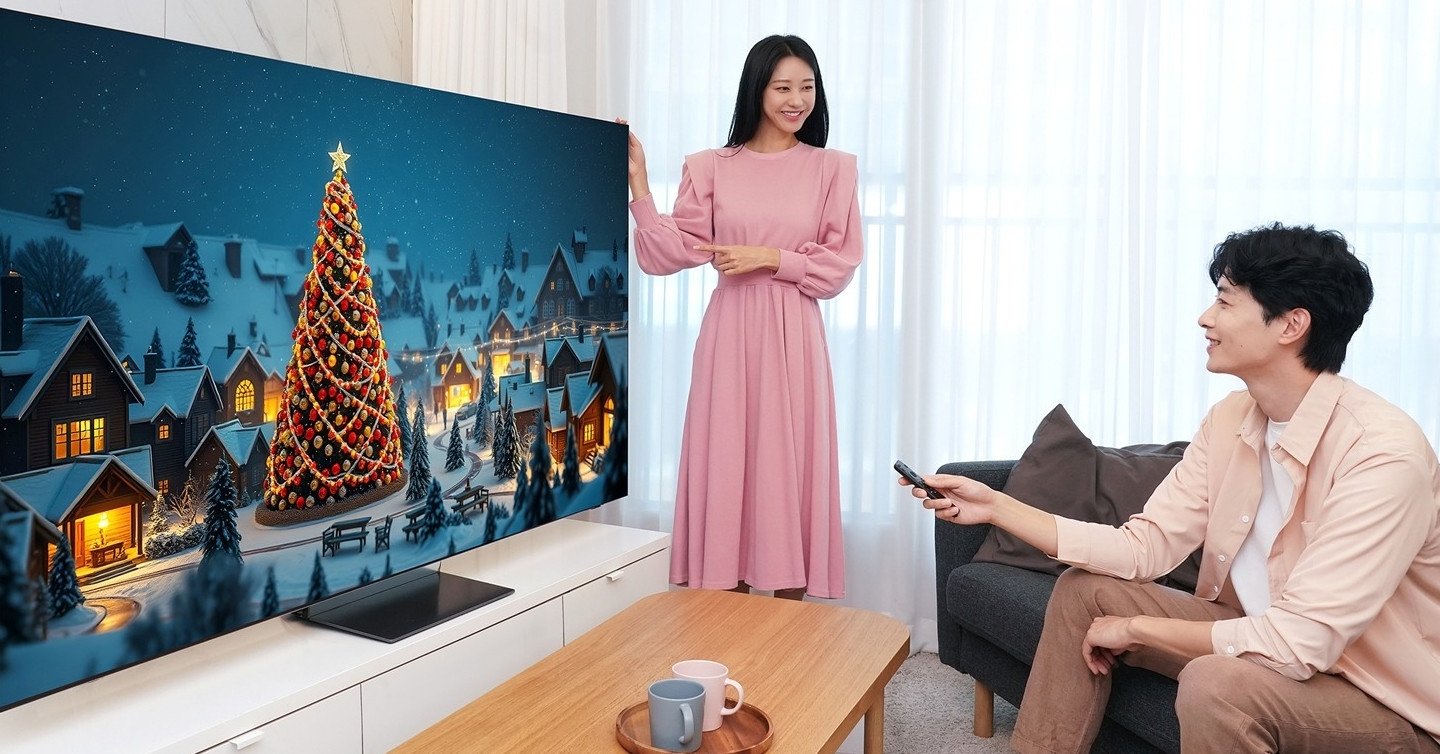

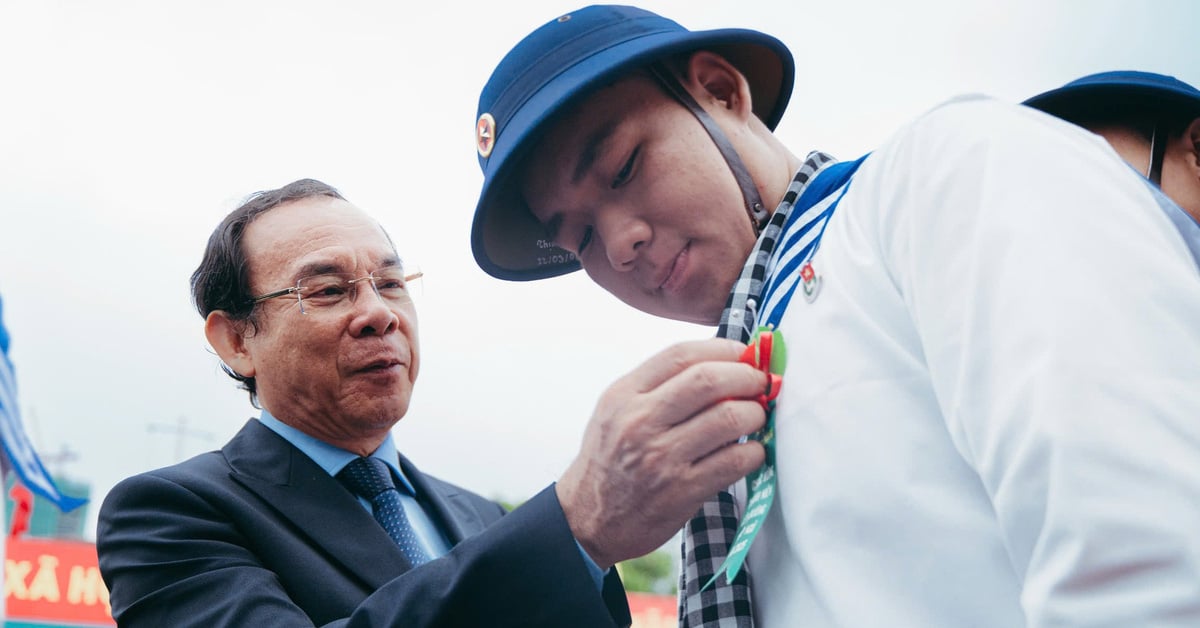

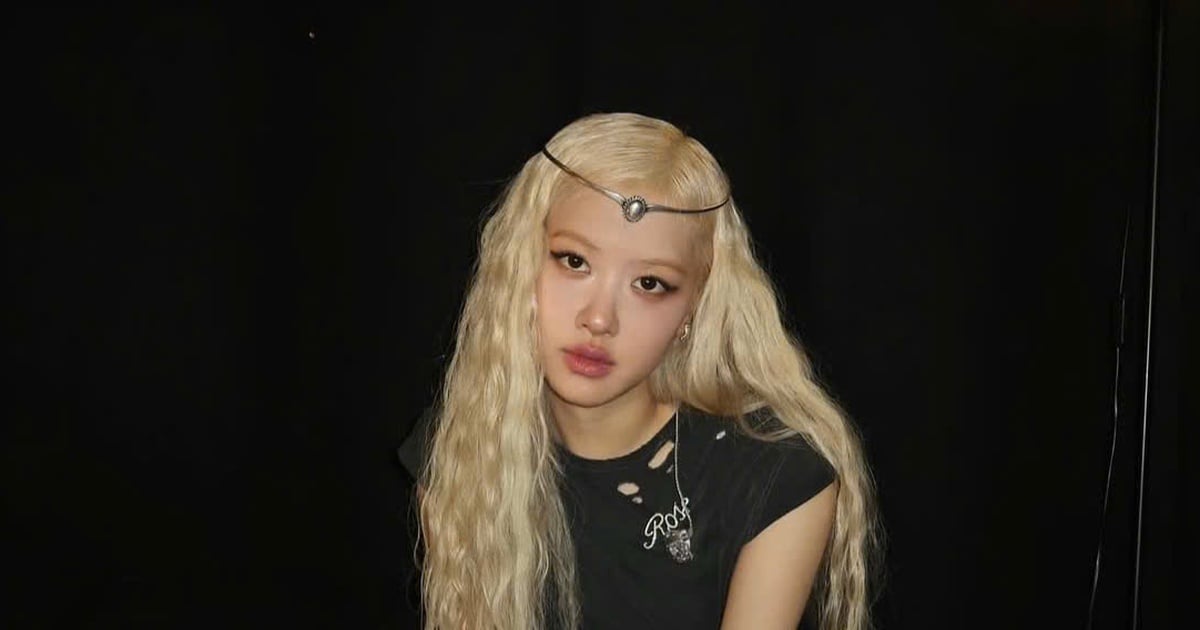
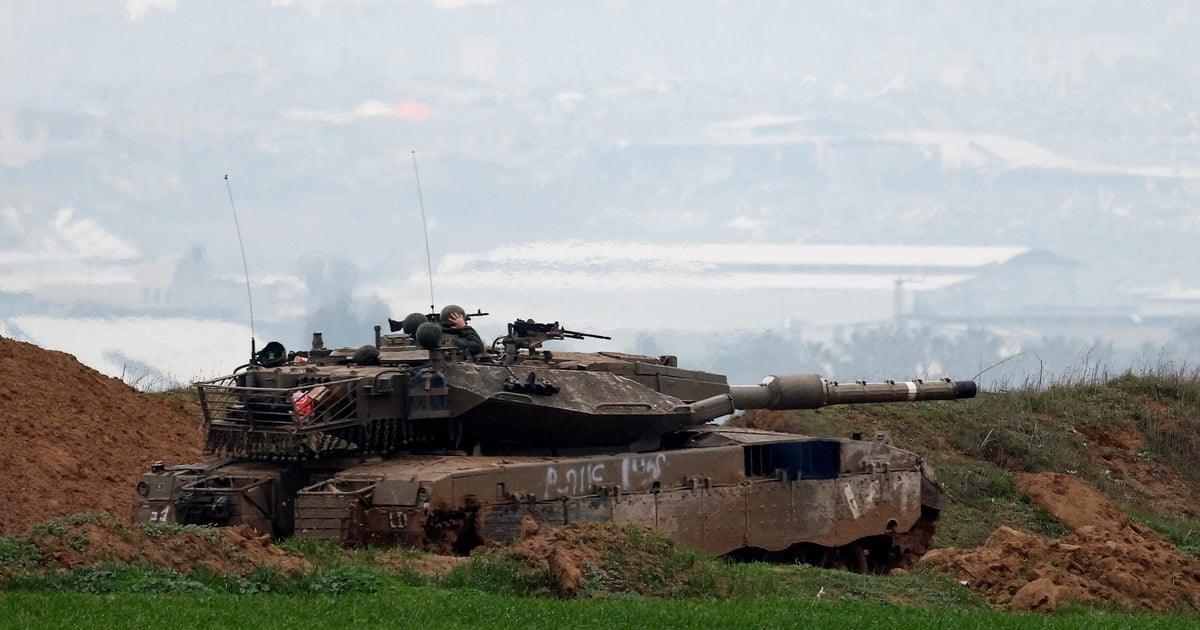

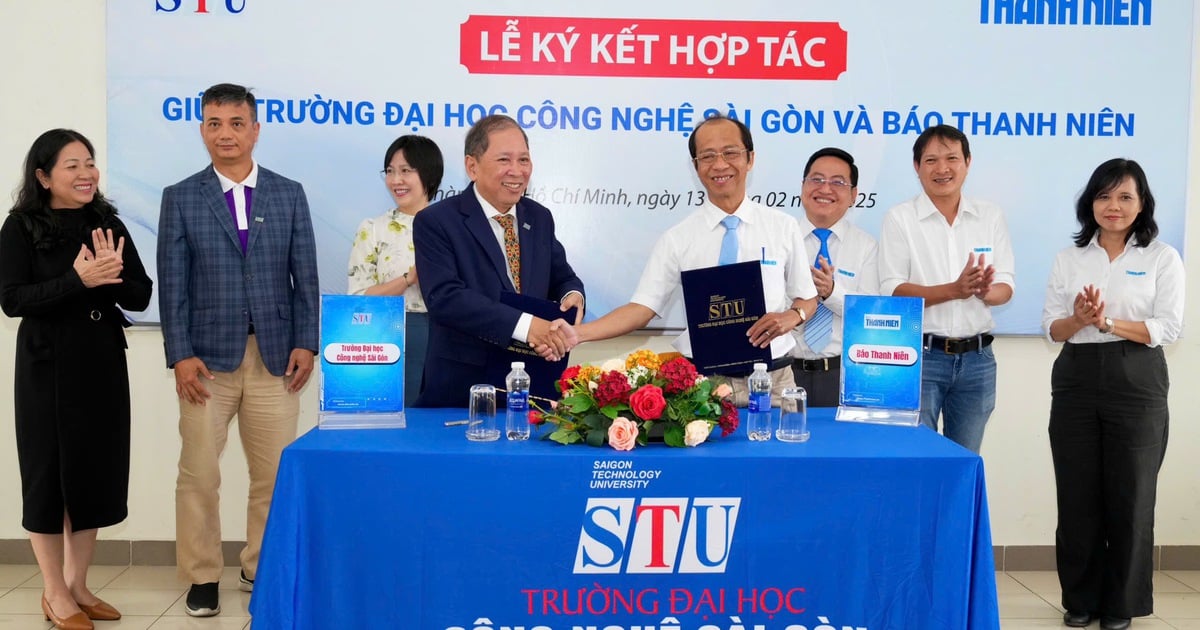
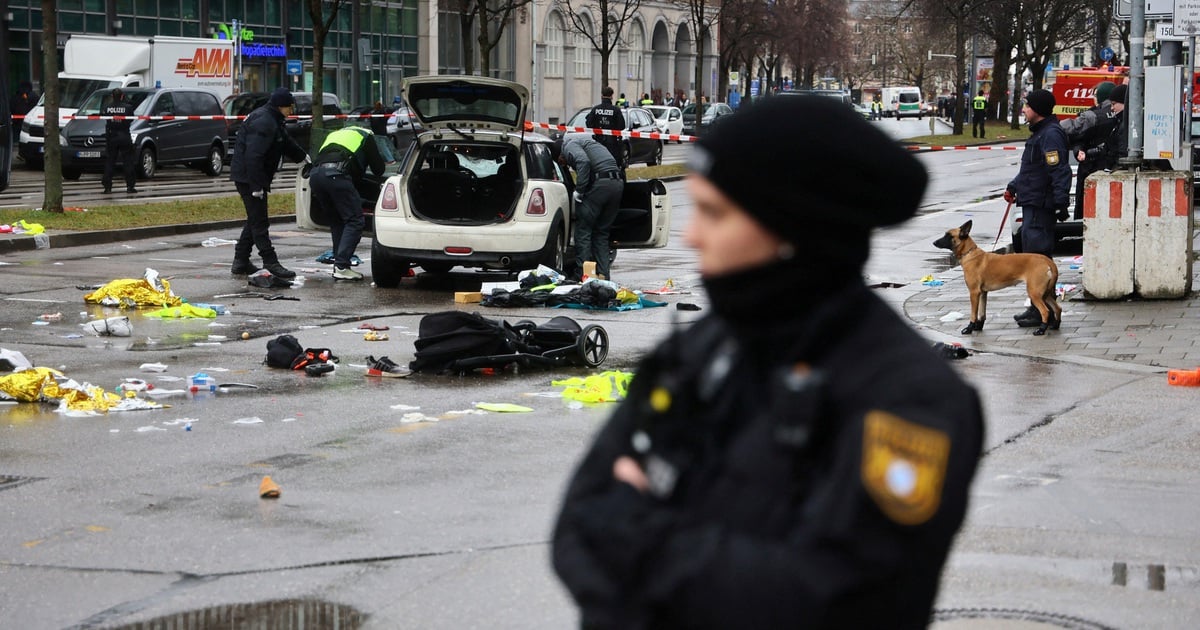
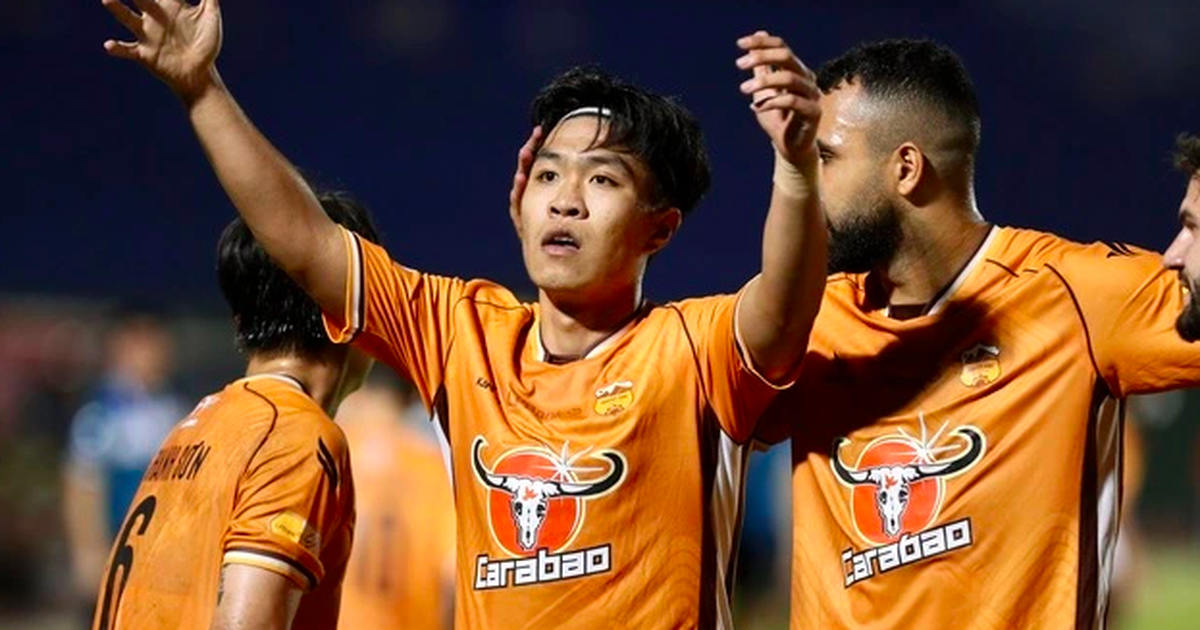
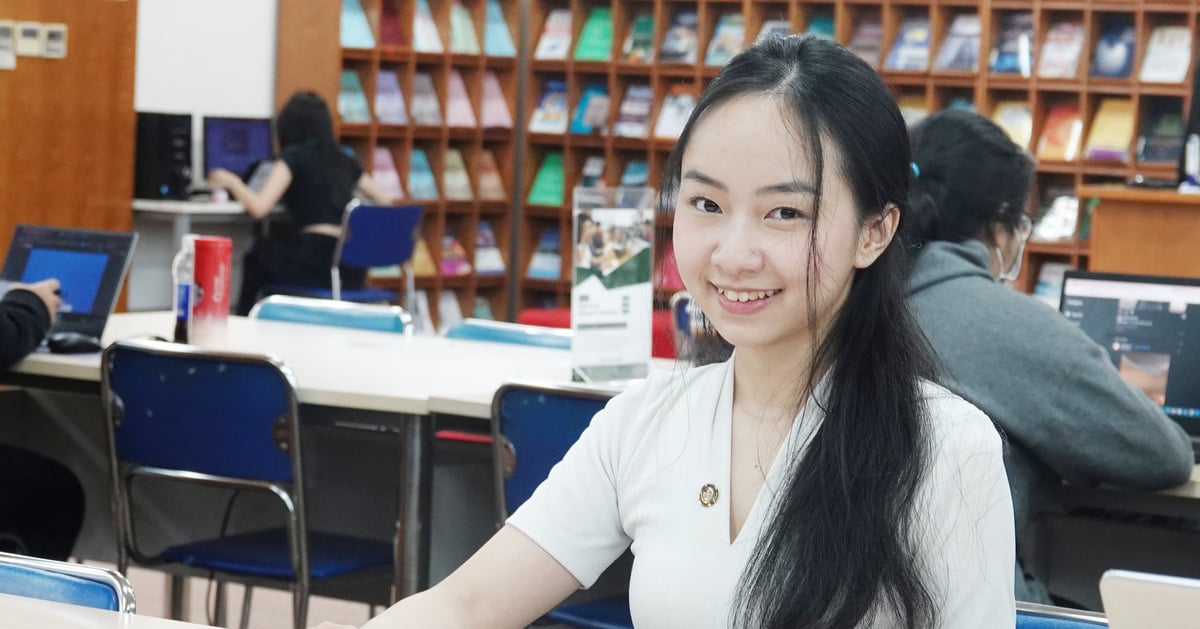
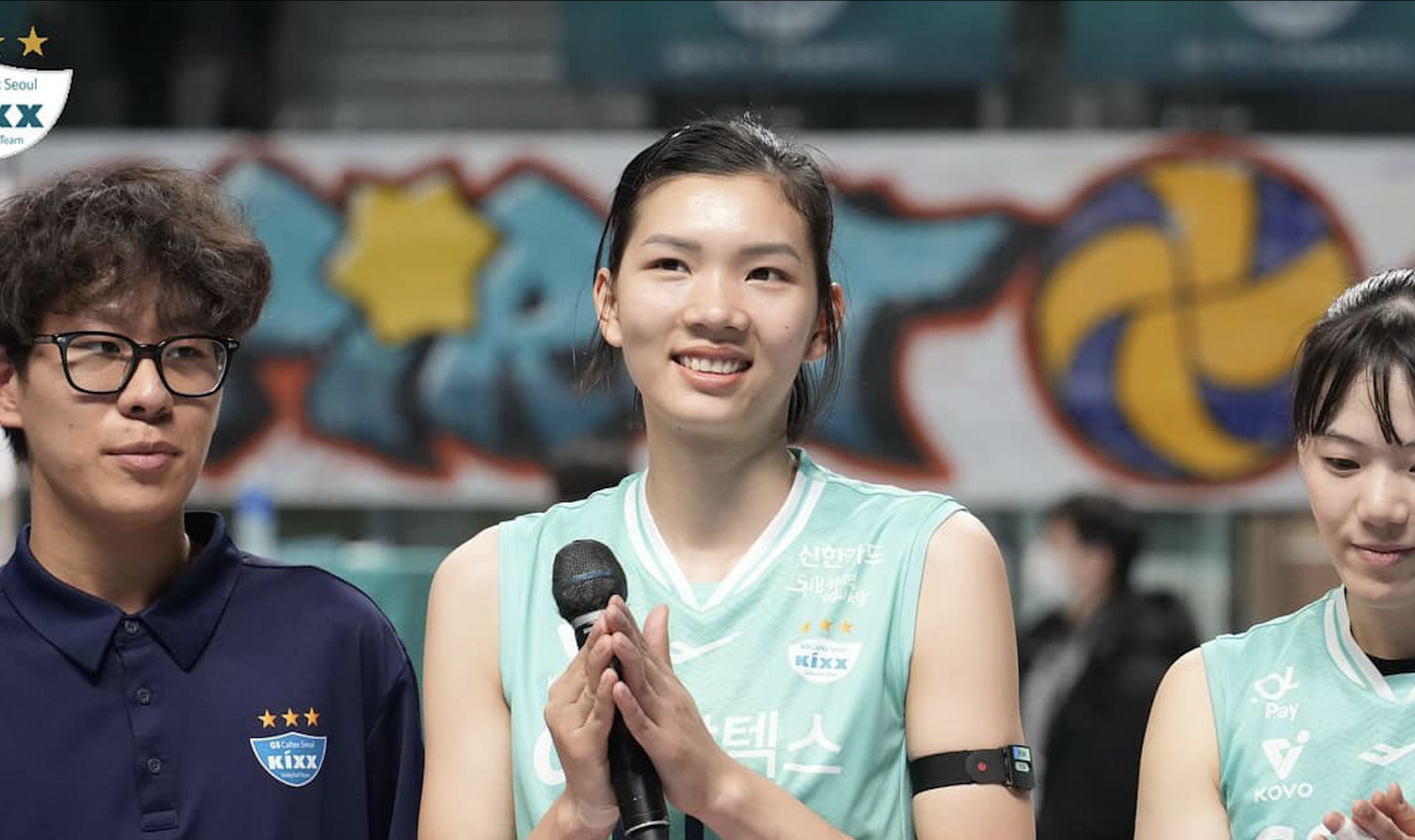
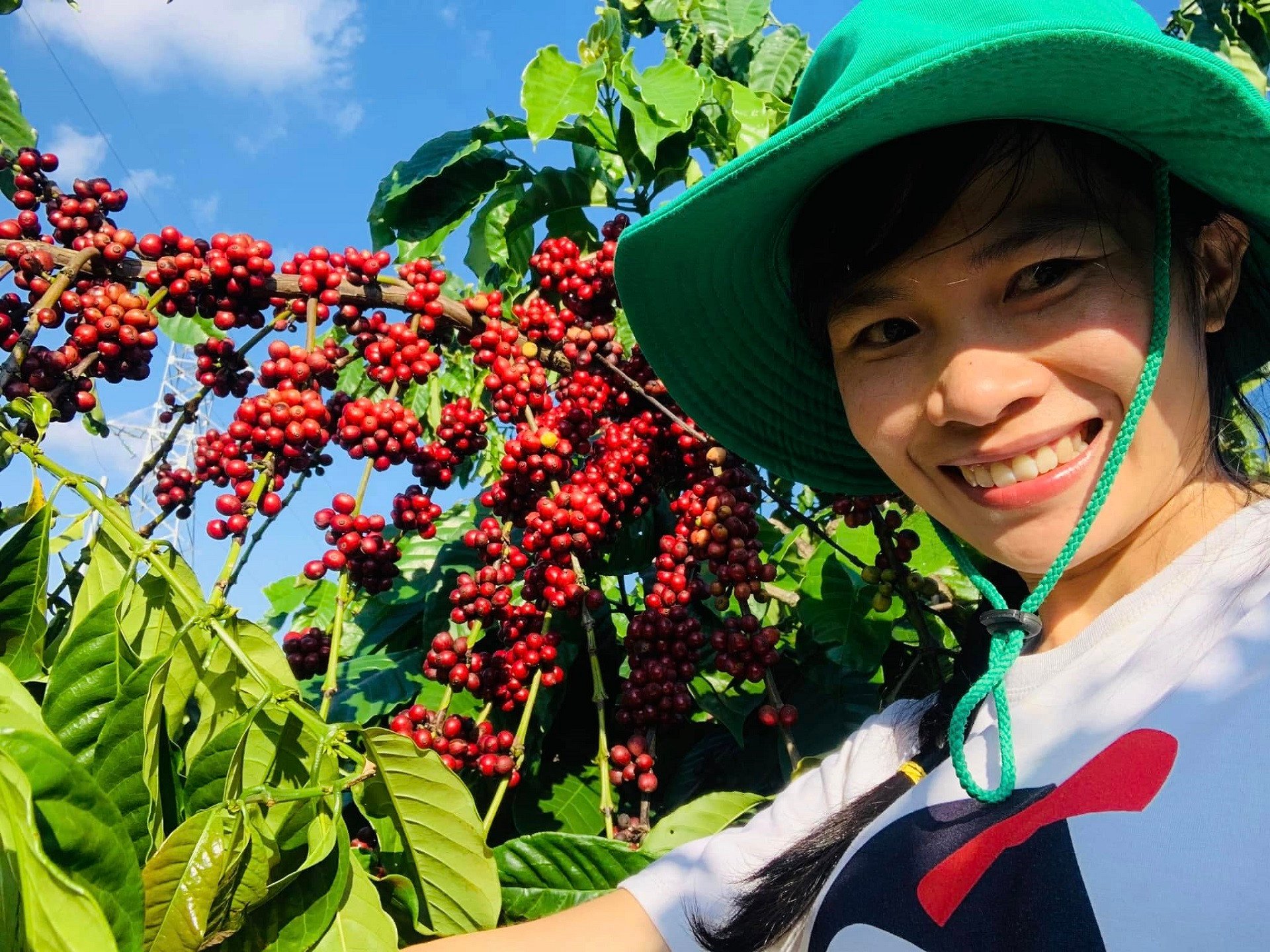
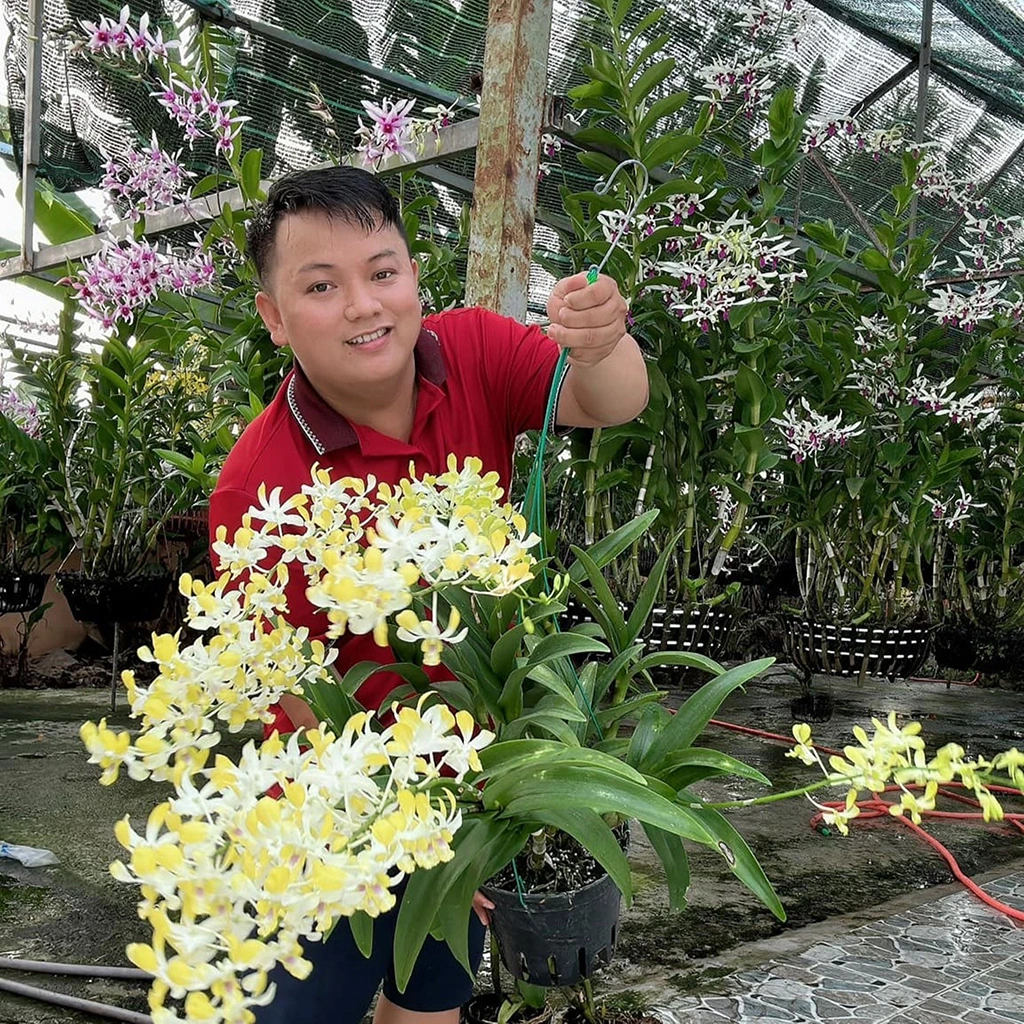

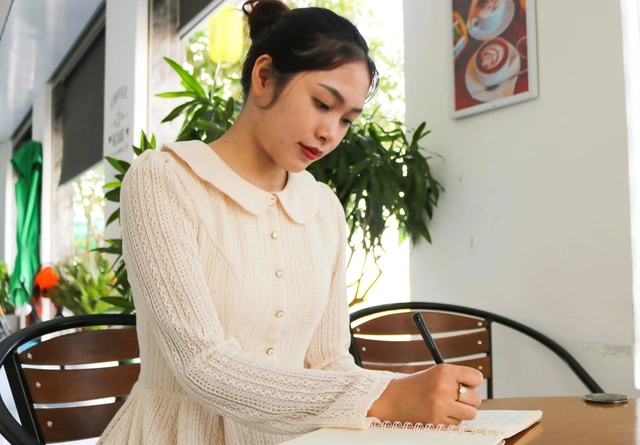
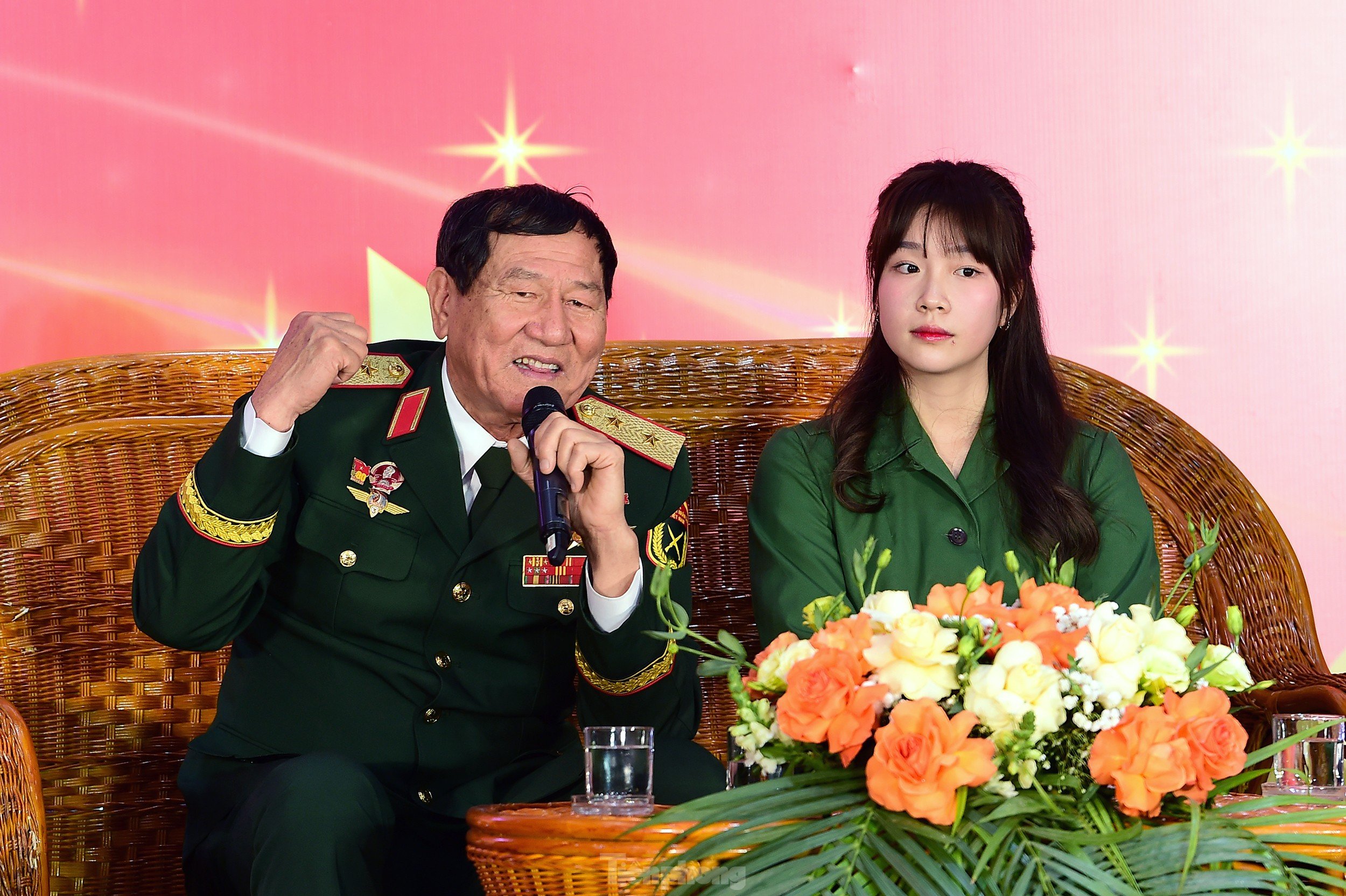





Comment (0)